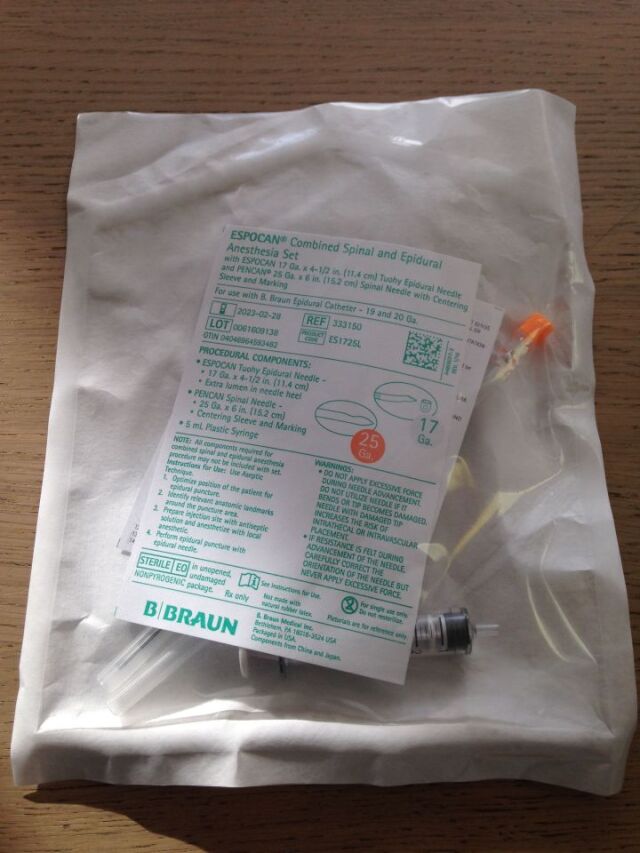- Joined
- Dec 15, 2005
- Messages
- 17,365
- Reaction score
- 27,299
- Points
- 8,756
- Location
- Home again
- Attending Physician
I think it's probably not an issue with the blunt tip / pencil point type needles going through the Tuohy. The 25 & 27s are pretty flexible.I hate the long whitaker spinal needles. They tend to bend and are flimsy. A big concern in my practice we have cse kits. However some staff still choose to place 25 gauge needles through non cse Thouy needles. It definitely makes me concerned about needle sheering and metal shavings. Thoughts?
If you're trying to shove a cutting needle through the Tuohy then yeah maybe there's a risk of some scraping? I wouldn't do that.
Our CSE kits do not have that extra spinal hole. It's no longer a Tuohy needle then.

Label on the kit says Tuohy.
If you've never used one - it's definitely a superior option. Worth the extra expense? I have no idea what the actual cost is.
